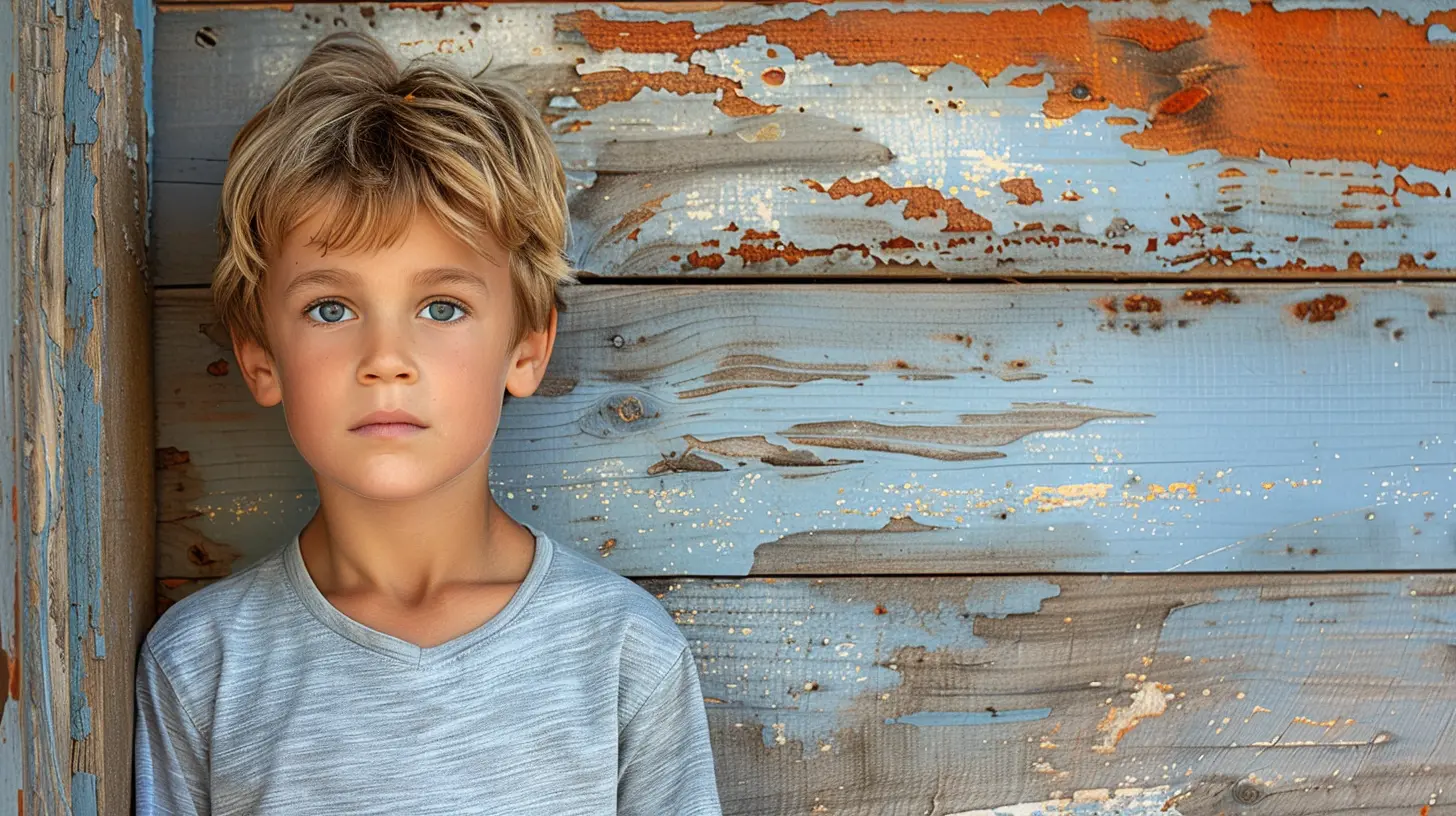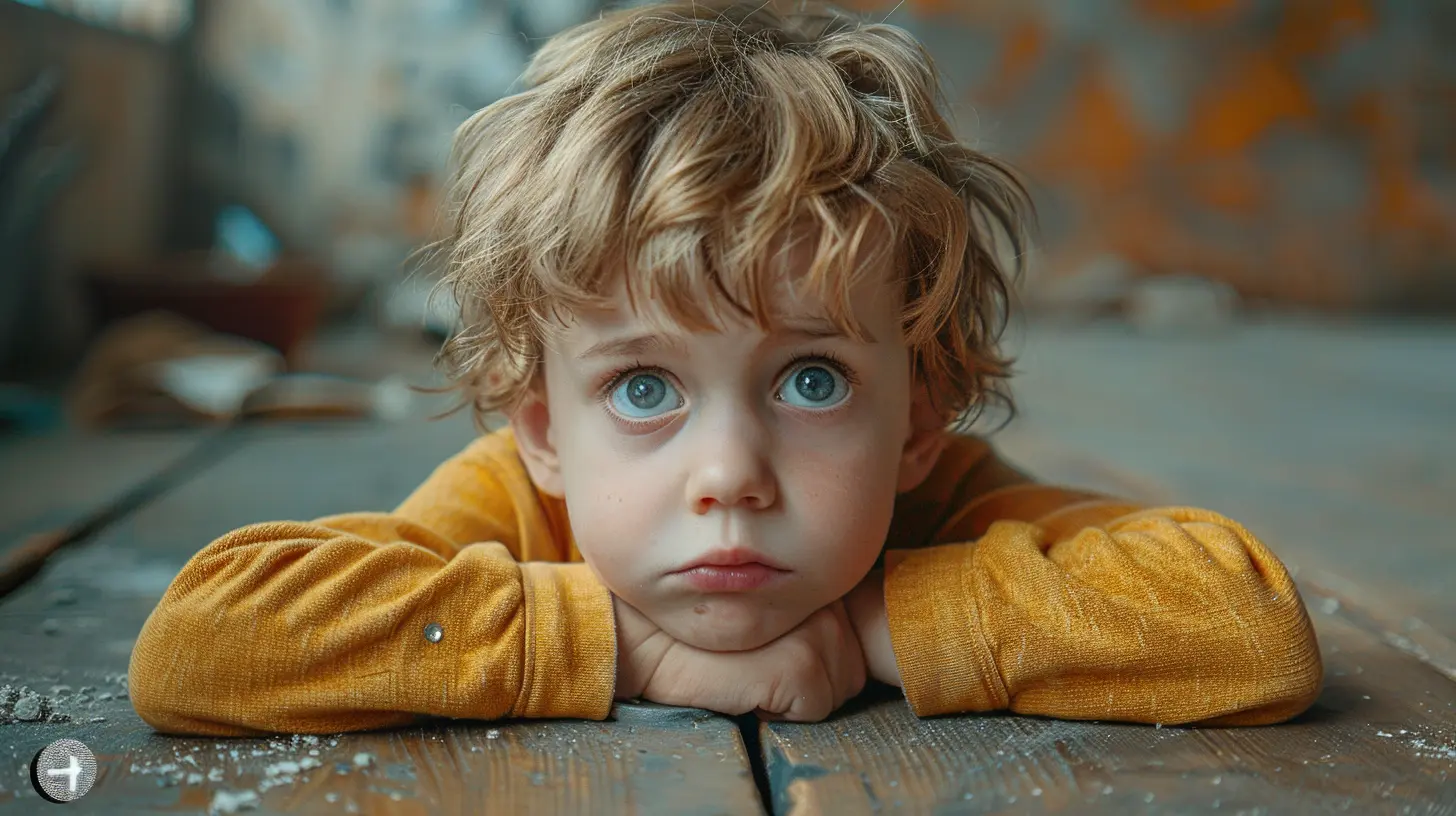Creating a Positive Relationship with Failure for Your Child
1 September 2025
Let’s get one thing straight: failure is not the enemy. Nope, it doesn’t wear a black cape or laugh maniacally like a cartoon villain. Failure is a teacher — one with a bit of sass, maybe a wicked sense of humor, but definitely some serious life lessons to hand out.
And guess what? Our kids need to meet this fabulous character called Failure. Like, yesterday.
In a world obsessed with gold stars, perfect GPAs, and social media filters, failure has gotten a seriously bad rap. But if we, as parents, want to raise confident, resilient, emotionally intelligent humans (and let’s be real, we do), then we have to start seeing — and teaching — failure differently.
Let’s dive into how to turn “Oops” into “Aha!” and build a positive relationship with failure for your child — without the drama, the tears (okay, maybe just a few), or the shame.
Why We Fear Failure (And Why That’s Gotta Go)
Raise your hand if you’ve ever messed up in life. (Yup, me too. Like, regularly.)But here’s the thing, many of us still carry that internal cringe every time we mess up. Why? Because most of us grew up believing that mistakes = incompetence. And that perfection = success. Yikes.
We pass that mindset on to our kids without even realizing it.
We say things like:
- “Be careful not to mess that up.”
- “Why didn’t you get an A?”
- “You can do better than that.”
While well-meaning, what kids often hear is: “Don’t fail.” So they associate failure with shame, embarrassment, or being “not enough.”
But failure isn’t a dead end — it’s a detour worth taking. Let’s show our kids that.
Shift the Script: Redefining Failure at Home
Think of failure like broccoli: your kid may not love it right away, but it’s good for them, and eventually, they’ll get used to it with enough exposure. (And maybe some cheese sauce… or in this case, encouragement.)Here’s how to shift that narrative:
🧠 Talk About Failures Often — Yours Included!
Normalize it. Bring your everyday fails to the dinner table.Spilled coffee on your shirt before a meeting? Botched a recipe? Lost your temper with the customer service rep? Own it. Laugh about it. Reflect on what you learned.
Saying things like:
- “I messed up, but here’s what I learned…”
- “I failed at that, and it actually helped me grow.”
…shows your kids that failure is not something to hide, but something to unpack.
🎯 Focus on Effort, Not Just Outcome
Instead of always cheering for the A+ or the winning goal, celebrate the process. Ask:- “Did you try something new today?”
- “What was tricky about it?”
- “How did you handle it?”
Let’s not raise perfectionists. Let’s raise triers.
Let Them Fail (Yes, Really)
Okay, hold up — I’m not saying throw your three-year-old into the deep end and hope they figure out swimming. But over-cushioning their every fall? That’s not doing them any favors either.Kids need to experience failing in small, safe ways, so they can build the muscle to face bigger challenges later.
Think of it like this:
> Resilience is like a callus. It only forms after repeated friction — and a little discomfort.
👟 Don’t Be a Helicopter — Be a Trampoline
Instead of swooping in to fix everything, be the safety net that helps them bounce back.Let your kid forget their homework. Let them lose a board game. Let them bomb that first bike ride. Then, be there with a high five and a “So, what now?”
It builds grit.
And let’s be real — grit is a heck of a lot more useful in this crazy world than never having failed.
Reframe the Language of Failure
If the word “fail” feels too heavy, lighten it up.Instead of:
- “You failed the test.”
Try: “That didn’t go how you wanted — what can you try differently next time?”
Or instead of:
- “That’s wrong.”
Say: “That’s a great try. Wanna take another stab at it?”
Our words shape their inner voice. Be the voice that cheers, not jeers.
Help Them Reflect, Not Ruminate
There’s a big difference between self-reflection and self-bashing.Reflection sounds like:
- "Hmm. That didn't work. What could I try instead?"
- "What did I learn from that?"
Rumination? That’s the soundtrack of shame:
- "I'm so stupid."
- "I always mess up."
Teach kids to be curious about failure, not critical. Help them ask better questions, like:
- What made this hard?
- What would I do differently?
- What am I proud of trying?
Failure doesn’t define them. How they respond to it does.
Model Self-Compassion (Yes, Even When You’re Yelling in Traffic)
Kids are watching you. Like, ALL the time. (Creepy, isn’t it?)So when you screw up — which you will, because you’re human — show them what self-compassion looks like.
Say things out loud like:
- “Yup, totally dropped the ball. But it’s okay, I’m learning too.”
- “That didn’t go great, but I’m proud I tried.”
Self-compassion isn’t soft. It’s strong. It says: “I can be kind to myself and grow.”
Let that be your parenting mantra.
Celebrate Fails Like You Celebrate Wins
Throw a “Failure Fiesta.” No, really.Make it fun. Let your kids talk about something that didn’t go as planned, and then:
- Laugh about it.
- Ask what they learned.
- Give them a high five or a silly trophy.
Make failure festive. The more positive emotions they pair with it, the less scary and shameful it feels. Which means they’re more likely to try again next time.
Boom.
Teach a Growth Mindset — Without the Eye Rolls
By now, you’ve probably heard of Carol Dweck’s famous “growth mindset” — the belief that abilities can grow with effort, not just talent. But let’s be honest, it can feel kinda preachy if you don’t keep it real.So don’t just plaster posters that say “Mistakes Help Us Grow” (they’ll stop seeing it after day 3). Instead, live it.
When your kid struggles, say:
- “That’s hard. That means your brain is growing.”
- “Failure is just feedback with attitude.”
- “You’re not there yet — but you’re getting closer.”
Keep it casual, but consistent.
Know When to Step In (And When to Chill)
Not all failures are created equal. Some are valuable learning curves, others… not so much.You don’t have to let your kid drown in every mess. Support them when:
- Their safety is at risk.
- They're spiraling emotionally.
- They genuinely don’t have the tools yet to move forward.
But in most cases? Breathe. Pause. Let them flounder a bit. Let them stretch those tiny wings.
They'll fly. Eventually.
The Long Game: Raising Bold, Brave, and Beautifully Imperfect Humans
Here’s the golden truth: if kids never fail, they’ll never know how far they can go.Perfection isn’t the goal — growth is.
When we teach our kids that it's okay to fall, they learn how to get back up. Stronger. Smarter. Safer.
You’re not raising a test score or a résumé. You’re raising a human. One who deserves the unshakable confidence that comes from learning that failure doesn’t break them — it builds them.
So, next time your kid messes up? Don’t panic. Celebrate it.
Cue the glitter. Bring on the confetti. That’s one more lesson life just handed them — on a silver platter, with a spoonful of humble pie.
And hey, we recommend seconds.
Final Thoughts: Failure Isn’t a Flaw — It’s a Feature
Your child is going to trip, tumble, flunk, flop, lose, forget and mess up. Big time. Multiple times.Good.
That means they’re trying.
Our job isn't to catch every fall — it's to be there when they get up, dust them off, and say, “Guess what? You’re still awesome. Now go again.”
Failure? It’s not the end of the story.
It’s just the best plot twist.
all images in this post were generated using AI tools
Category:
Life Skills For KidsAuthor:

Maya Underwood
Discussion
rate this article
1 comments
Storm Jacobs
Failure is just success in disguise—like a superhero in sweatpants! Let’s teach our kids to embrace their inner clumsy hero!
September 16, 2025 at 4:27 AM

Maya Underwood
Absolutely! Embracing failure helps kids develop resilience and confidence—just like a superhero learning to fly.


